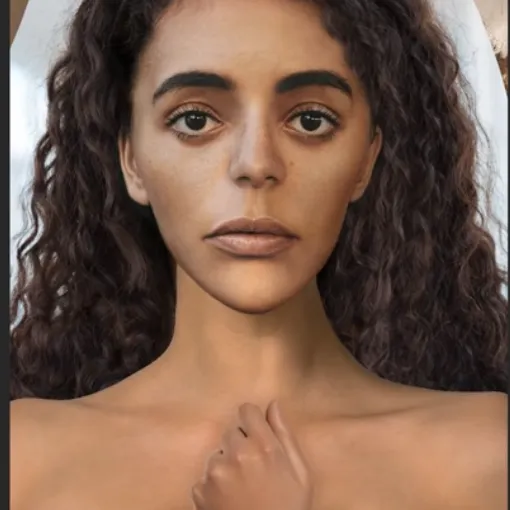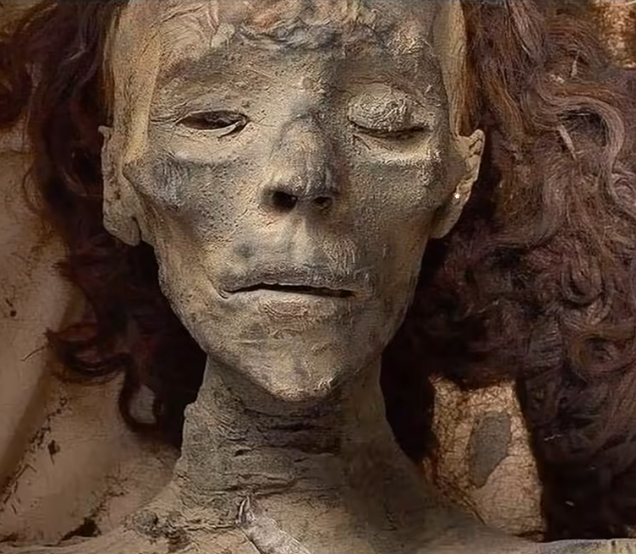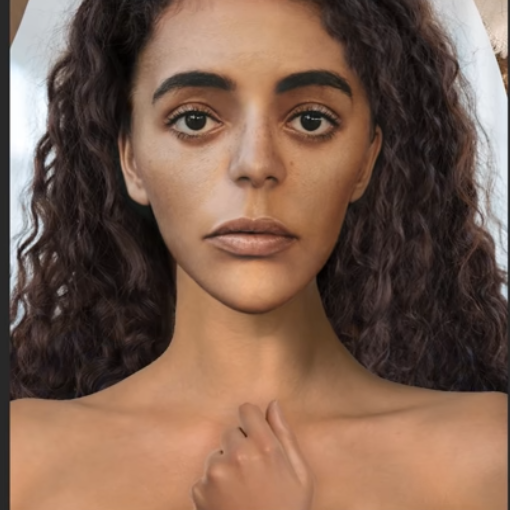
A beautiful woman with a heart-shaped mouth: scientists “revived” the mummy of Tutankhamun’s grandmother. Photo
The artist used Photoshop to reconstruct the face of Queen Tiye, Tutankhamun’s grandmother, using her 3,400-year-old mummified remains. She used this technology to superimpose eyes, nose, and mouth on the image, blending them into the structure of her perfectly preserved bones.
Hair, eyebrows, eyelashes, and even freckles were also added to the image to “bring the mummy to life.” The end result was a beautiful woman with dark, loose hair, large brown eyes, a heart-shaped mouth and a dark complexion, MailOnline reports.
PhotoshopSurgeon, an artist who performs “dramatic enhancements and radical transformations of photos,” showed in a video on her Youtube channel how she works with an image of Queen Tiye’s mummified face.
She starts by placing the eyes in the sunken sockets, shading the skin around the eyelids, and then moves on to the nose, which she carefully adds to match the remaining bone. Next, the artist adds long, curly brown hair that follows the hairline on the skull and fills in the brow bone with small hairs.
Also in the process, more skin was added to Queen Tiye’s face, creating a picture of how she might have once looked. Next, the artist “revived” the mummified hand that was lying on her chest, adding wrinkles around the knuckles and nails on the fingertips.
Queen Tiye was the daughter of Yui, the commander of an Egyptian chariot, and an Egyptian woman named Tui. She did not have royal blood, but despite this, her husband favored her among his many wives and often involved her in state affairs. Her name even appeared alongside the king’s on official documents.
The remains of Queen Tiye were discovered in 1898 by French archaeologist Victor Loré, but it took another century before experts realized who they belonged to. At first, experts believed that it could be Queen Nefertiti, who ruled during the 18th Dynasty as the Great Royal Wife of Pharaoh Ekhnaton, Queen Tiye’s son. But in 2010, DNA analysis confirmed that the remains belonged to Queen Tiye.



Comments (0)